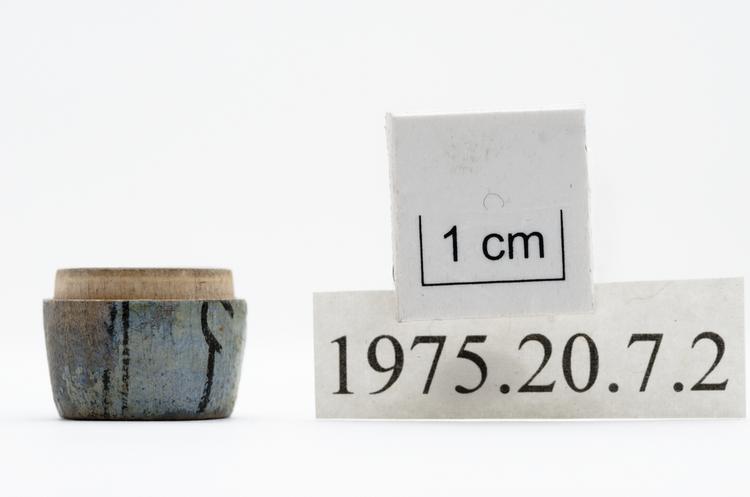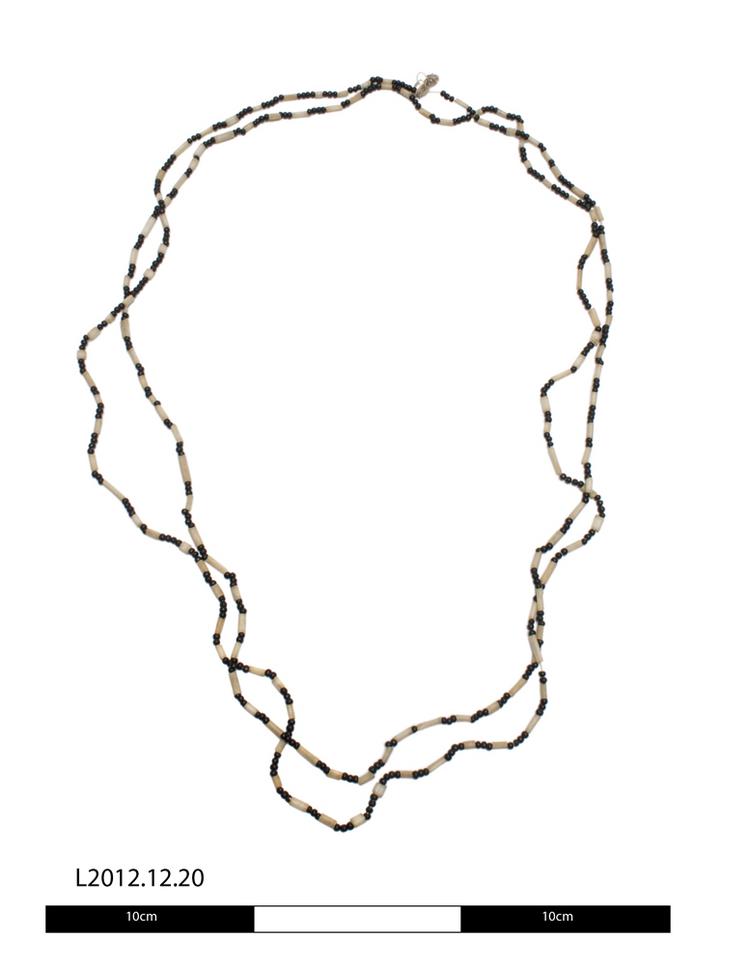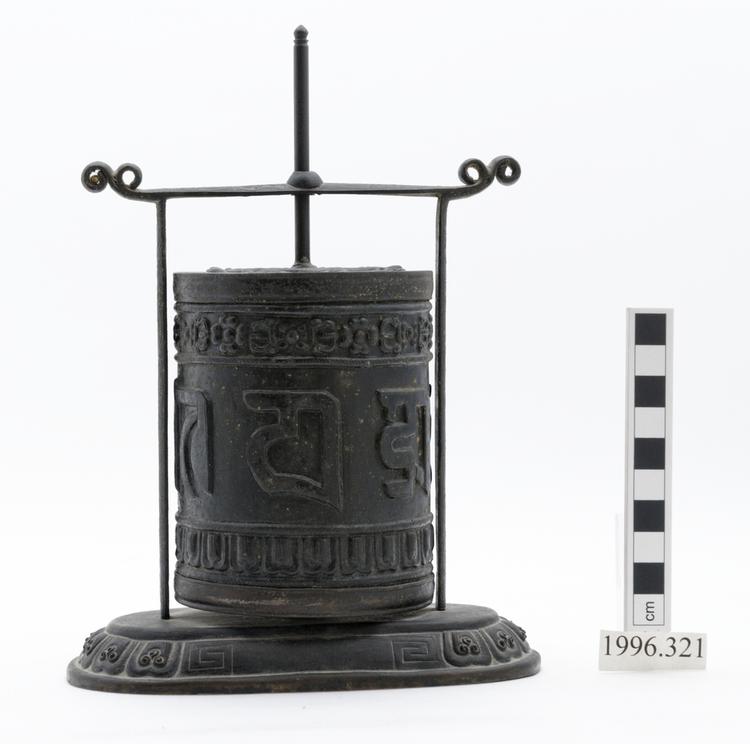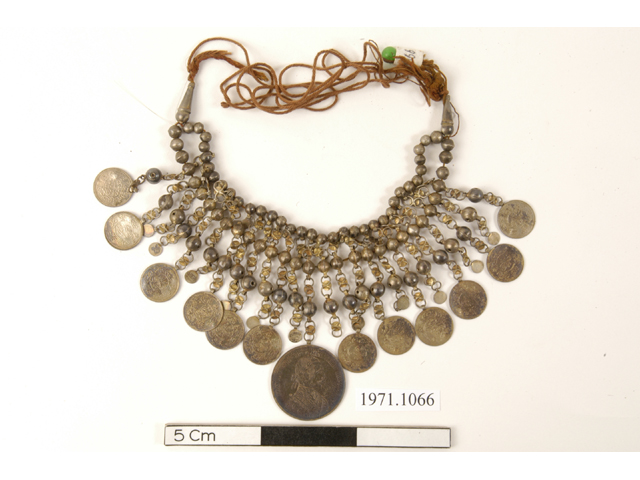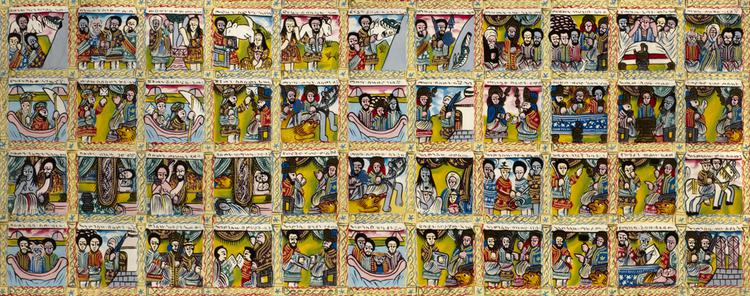
Painting on cotton depicting scenes from the story of Solomon and Sheba. The first register of cartoons show how Ethiopia was terrorised by a serpent called Wainaba, who had to be appeased with a sacrifice every time the people wanted to collect water. One man, Angabo, was determined to free Ethiopia from the serpent's tyranny. He collected poison which he mixed with grain and fed to the sacrificial goat, poisoning the serpent. Angabo killed the serpent and was proclaimed King of Ethiopia. After his death his daughter Sheba, or Makeda as she is known in Ethiopia, was crowned as Queen.
The second register shows how the Queen's chief merchant Tamrid received news that King Solomon sought sapphires and gold for the building of the Temple at Jerusalem. The news is represented as a letter held in a forked stick. Tamrid was sent by the Queen to fulfil Solomon's request, and when he returned to Ethiopia his tales of the great Temple and the wisdom of King Solomon convinced Sheba to travel to Jerusalem to see this great king herself. Makeda is shown travelling to Jerusalem where she was received with great ceremony by Solomon. On the night before she returned to Ethiopia, Solomon held a great banquet in her honour. He asked that she sleep in the King's quarters that night, but, afraid the King might try to seduce her, she begged him to swear by God not to touch her. Solomon answered saying, 'I swear unto thee that I will not take thee by force, but thou must swear unto me that thou wilt not take by force anything that is in my house'. The Queen readily agreed. After the spiced food of the banquet Sheba awoke in the night very thirsty and, reaching for some water, she was seized by Solomon. Shocked, she asked, 'Is the oath broken by my drinking water?' Solomon replied, 'Is there anything that thou hast seen under the heavens that is better than water?' The Queen agreed and Solomon was freed from his oath.
The third register shows Solomon sleeping first with the Queen's maid and then with the Queen. Queen Sheba returned to Ethiopia carrying Solomon's child. At their parting Solomon gave the Queen a ring containing his royal seal.
The fourth register shows how the child, named Bayna-Lehkem, decided to seek his father and travelled to Jerusalem. Solomon immediately recognised his son and undertook to teach him the word of God and the art of kingship. After a time Bayna-Lehkem asked to return home. Solomon tried to convince him to stay and become heir to the throne of Israel, but Bayna-Lehkem insisted on returning to Ethiopia. Solomon pledged to send with him the first born sons of his court to establish the word of God in Ethiopia. Bayna-Lehkem begs Solomon for a fringe from the Ark of the Covenant. Along with the first born sons of Jerusalem, Bayna-Lahkem spirited away the Ark of the Covenant from the Temple of Jerusalem. The 'Kebra Negast' tells of the miraculous journey back to Ethiopia and how, by the power of God and the Ark, Bayna-Lehkem and the first born sons flew over the ground destroying the idols of Egypt. When he reached Ethiopia, his mother Queen Sheba crowned him Emperor of Ethiopia, naming him Menelik I. He was the first Ethiopian Emperor who claimed direct descent from King Solomon, the beginning of a long line of holy Solomonic kings. The last cartoon shows Axum where Sheba is said to be buried.



